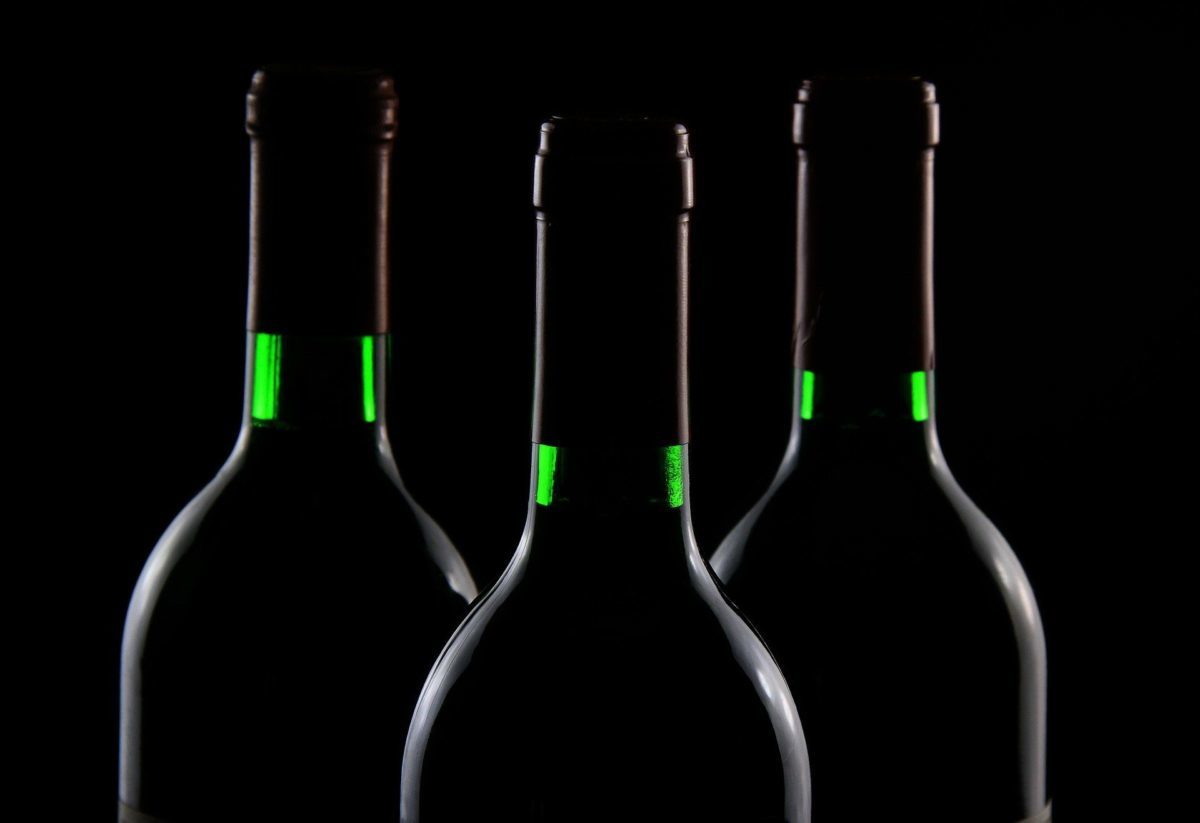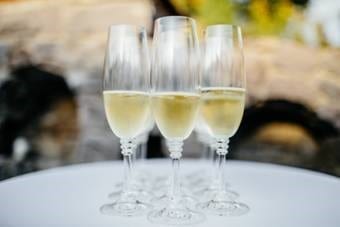Gran Canaria last Thursday, April 4, received one of the main ambassadors of Japanese gastronomy, in his Spanish Seaweed Bank. Hirotoshi ogawa is director of World Institute of Shushi Techniques (WSSI) and traveled to the island to see this "pantry" of seaweed. All with the aim of knowing the culinary potential offered by this product, from which more than 1.800 species here
Discovering the Spanish Algae Bank
This place of the Islands Canary Islands houses one of the largest and most advanced reserves in Seaweed cultivation of all the world. Hence, you have received the special visit from a country -Japan- expert in the use of this product in the kitchen. For a few years now, the consumption of sushi by number of countries, among which is Spain. Above all, thanks to the Japanese restaurants open in large Spanish cities.
Hirotoshi ogawa wanted to take advantage of his participation as a guest in the Nagoya Sushi School de Las Palmas de Gran Canaria. Thus, he went to Spanish Seaweed Bank to tour the facilities and learn about the investigations that are being carried out. Likewise, the cook tasted some specimens groceries. Among them was not nori seaweed, typical of sushi, since this variety is not cultivated. Nevertheless, Ogawa discovered other algae that he could use to decorate his dishes or make makis y nigiri. These are two recognized preparations of Japanese gastronomy.
During his visit, the chef recognized the "many possibilities" offered by the varieties of the Spanish Seaweed Bank. He is also confident that they can be achieved exports from the islands to Japan. There, these vegetables are "very famous", as is well known.

Future of algae according to the director of the BEA
From the more industrial perspective, the scientific director of the BEA and also a teacher of Biology from the University of Las PalmasJuan Luis Gomez Pinchetti.
«The sector offers many possibilities and facilities in southern European countries. Now, the development of sustainable macroalgae and microalgae production systems is the main task of the center. Always with native Canarian species »
The enclosure of the Spanish Algae Bank (BEA) It is located in the port of Taliarte (Gran Canaria), "A spectacular strategic area." So he thinks pinchetti, as the islands are "positioned in the sector of the blue economy." A perfect point to develop the production of this marine product, which is very healthy.
"More will be used in the future," predicts Ogawa, who has been pleasantly surprised to meet "so many species on such a small island." The Canary Islands, betting on a very Japanese product, from the seabed to the plate.







